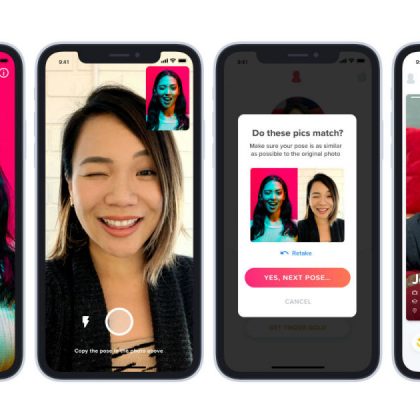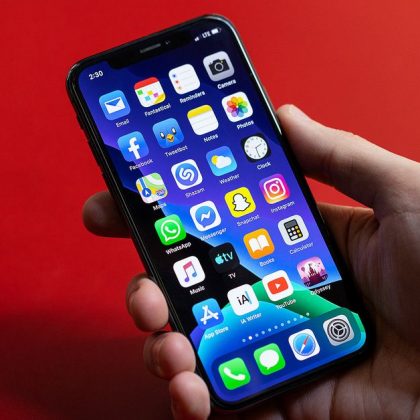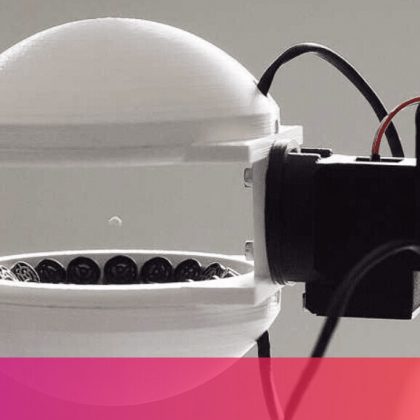WE’RE ONLY JUST beginning to discover how sleep can make us happier and healthier. So it makes sense that, in its newest wearable, Fitbit places so much emphasis on its sleep tracking technology. It’s an especially shrewd move, since the newest Apple Watch still has no sleep tech baked in.
This standout sleep-tracking feature was something I was eager to test. The Versa 2 comes with a trial of Fitbit Premium, the company’s paid subscription service with several different guided health programs. I picked the sleep-focused program (“Get More Zzz’s”) and prepared to immediately pump up my immune system and short-term memory. It was easy to follow the suggestions and up my hours asleep right away. Screens off at 9:30 pm? Check. But my Sleep Score—a number Fitbit uses to rate my slumber—didn’t immediately improve.
I clicked further into the app and discovered that I’m a restless sleeper; I don’t actually spend that much time in deep REM. My stress levels seemed high, Fitbit tactfully suggested. Did I know that the company also has a meditation app? Ugh. How did you know, Fitbit!?
Shiny Happy People
I’ve recommended the past few iterations of the hugely popular Versa as the best fitness tracker for your money. This fall, the company added the subscription service and a whole slew of features to the watch-like wearable, while keeping the price at a (relatively) affordable $200. You can also get a discount if your health insurance provider is one of Fitbit’s preferred partners.
The Versa 2 has a more premium look and feel than the previous Versas. There’s no “fitbit” inscribed on the bezel, and the glass watch face and body have more rounded edges. You control the watch by swiping the silky glass face, or pushing one button on the left side.
The new AMOLED screen has noticeably darker darks and brighter brights than previous Versa screens. On those older versions of the watch, I kept the clock face simple. Here, though, I felt the brighter screen warranted switching to a beautiful, detailed floral clock face.
The screen now also has an optional always-on mode. I was looking forward to more trackers including this feature (the Apple Watch 5 also has an always-on screen now) but I was surprised to find it a little annoying. Rather than keeping your same clock face always on, the Fitbit switches to a simple screen when it would normally go to sleep. I didn’t have to tap or jiggle my wrist to check the time, but I did still have to wake it up in order to access the dashboard.
The Versa 2 also now has an onboard microphone and incorporates Alexa, which is great. I like my privacy. I don’t keep smart cameras inside my house, and I don’t like smart speakers eavesdropping on my pissed-off whisper-fights with my husband in the kitchen.
But a small, button-activated Alexa that doesn’t talk back—you check the responses on the screen—is just the right amount of Alexa for me. My kids couldn’t interact with it, and I could check the forecast while dressing my toddler, or quickly set multiple timers while cooking dinner.
Fitbit Premium, which starts as a $10 monthly subscription or an $80 annual subscription, includes personalized recommendations depending on your fitness goals. Four of the nine guided programs required me to track my food intake, which I find to be tedious and probably inaccurate. I did find it helpful to get reminders about getting ready for bed on time, and about doing mindfulness exercises.





